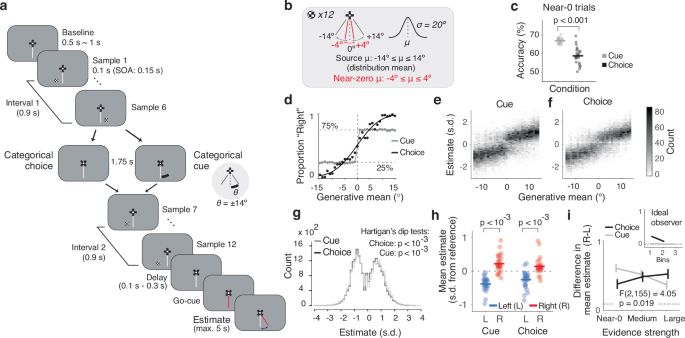
#neuroskyence
bit.ly/47MXYLH
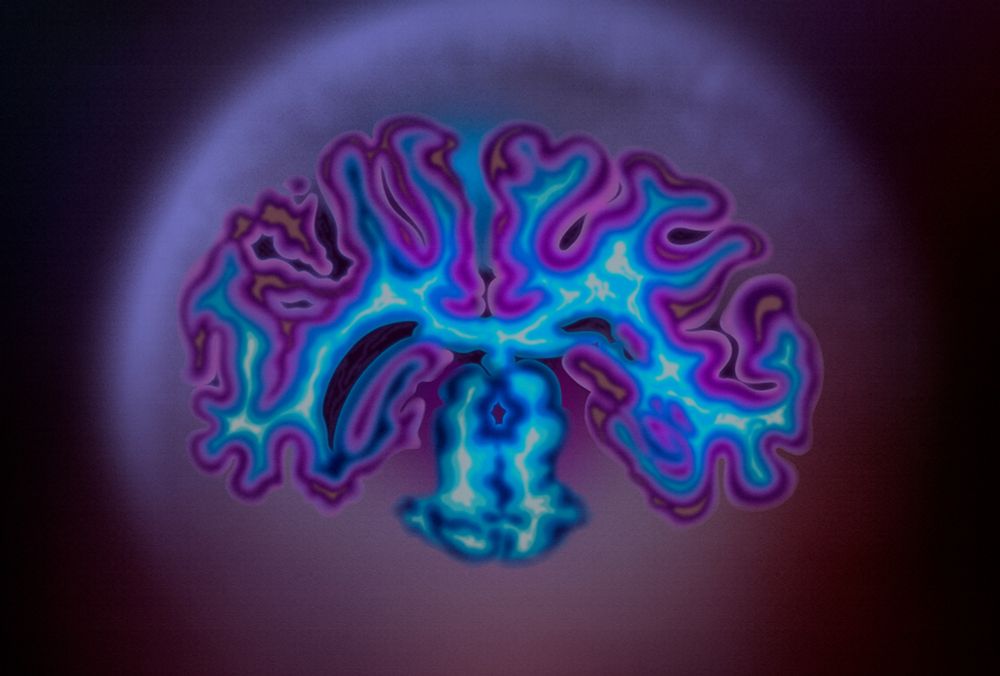
#neuroskyence
bit.ly/47MXYLH
Perfect talking points for when you need to defend basic science, whether it’s to your grumpy uncle or your MP.
www.nature.com/articles/d41...

Perfect talking points for when you need to defend basic science, whether it’s to your grumpy uncle or your MP.
www.nature.com/articles/d41...
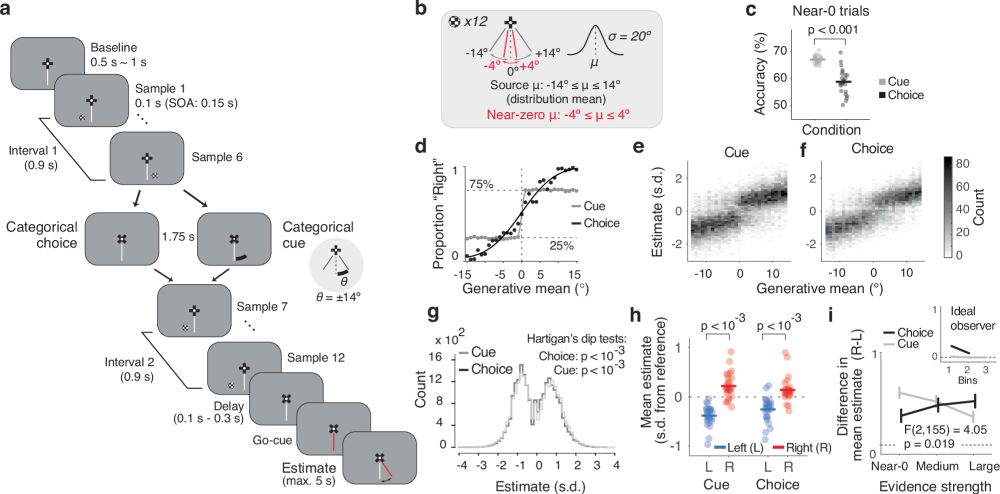
pubmed.ncbi.nlm.nih.gov/40555904/


www.nature.com/articles/s41...

www.nature.com/articles/s41...

By @callimcflurry.bsky.social
www.thetransmitter.org/vision/cepha...


www.nature.com/articles/s41...

www.nature.com/articles/s41...
www.sciencedirect.com/science/arti...
Great work by Boris Sotomayor and with @battaglialab.bsky.social
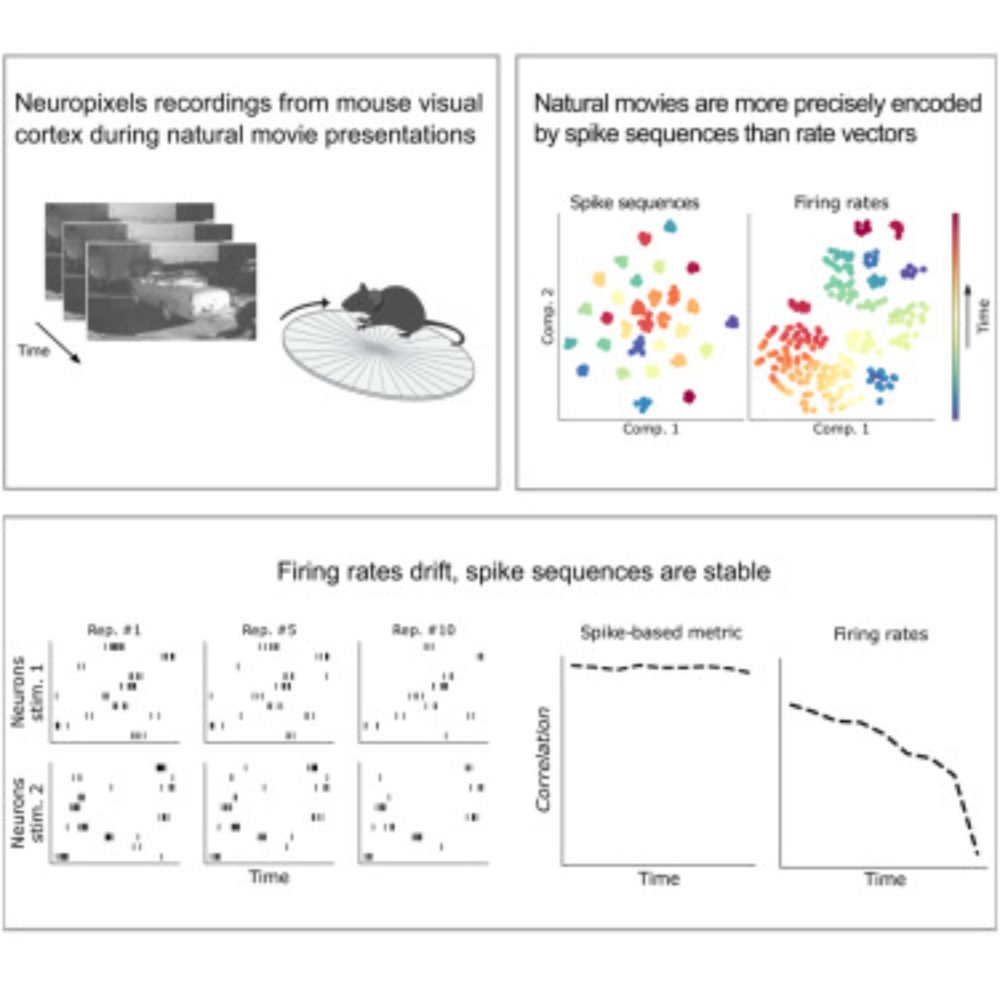
www.sciencedirect.com/science/arti...
Great work by Boris Sotomayor and with @battaglialab.bsky.social
🧪 #neuroskyence

🧪 #neuroskyence
By Angie Voyles Askham
www.thetransmitter.org/animal-model...

By Angie Voyles Askham
www.thetransmitter.org/animal-model...
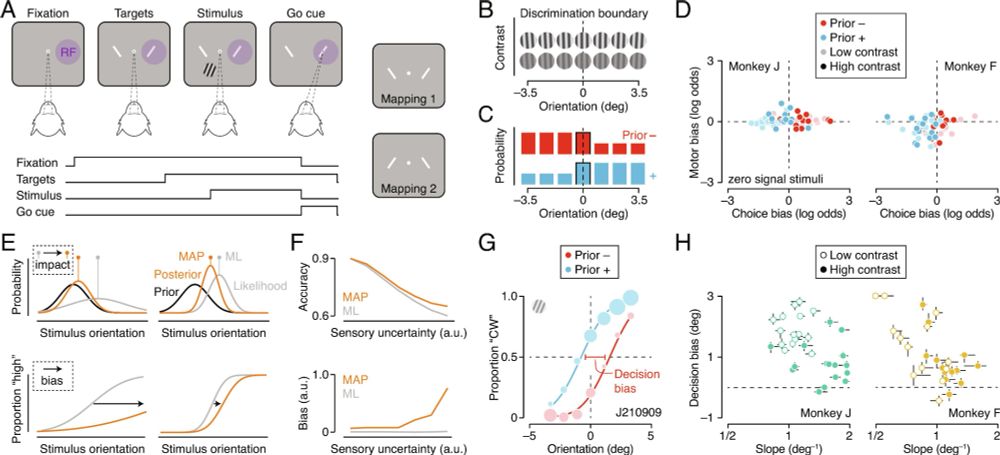
@redmondoconnell.bsky.social @neuromurphy.bsky.social Mark Bellgrove (not on Bluesky)
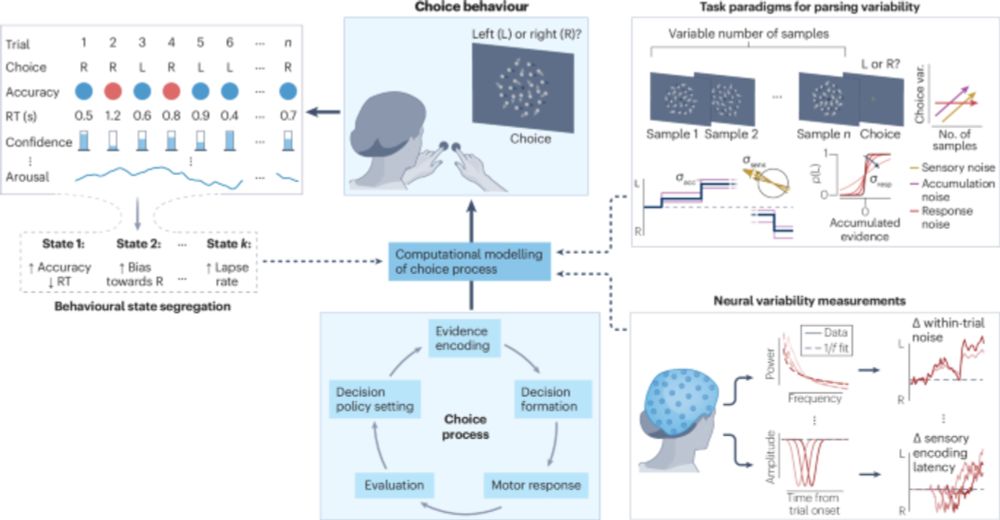
@redmondoconnell.bsky.social @neuromurphy.bsky.social Mark Bellgrove (not on Bluesky)

by Incheol Kang, Bharath Chandra Talluri, Jacob Yates, Cristopher Niell & Hendrikje Nienborg
www.cell.com/trends/neuro...

by Incheol Kang, Bharath Chandra Talluri, Jacob Yates, Cristopher Niell & Hendrikje Nienborg
www.cell.com/trends/neuro...
www.biorxiv.org/content/10.1...
🧠👩🏻🔬🧪🧵
#neuroskyence
1/

www.biorxiv.org/content/10.1...
🧠👩🏻🔬🧪🧵
#neuroskyence
1/
www.sciencedirect.com/science/arti...

www.sciencedirect.com/science/arti...

And when you look even further back than that, it is stunning for much improvement there has been in treatment and surviveability.

And when you look even further back than that, it is stunning for much improvement there has been in treatment and surviveability.
elifesciences.org/articles/103...

elifesciences.org/articles/103...
go.bsky.app/9FY1ReG
go.bsky.app/9FY1ReG

